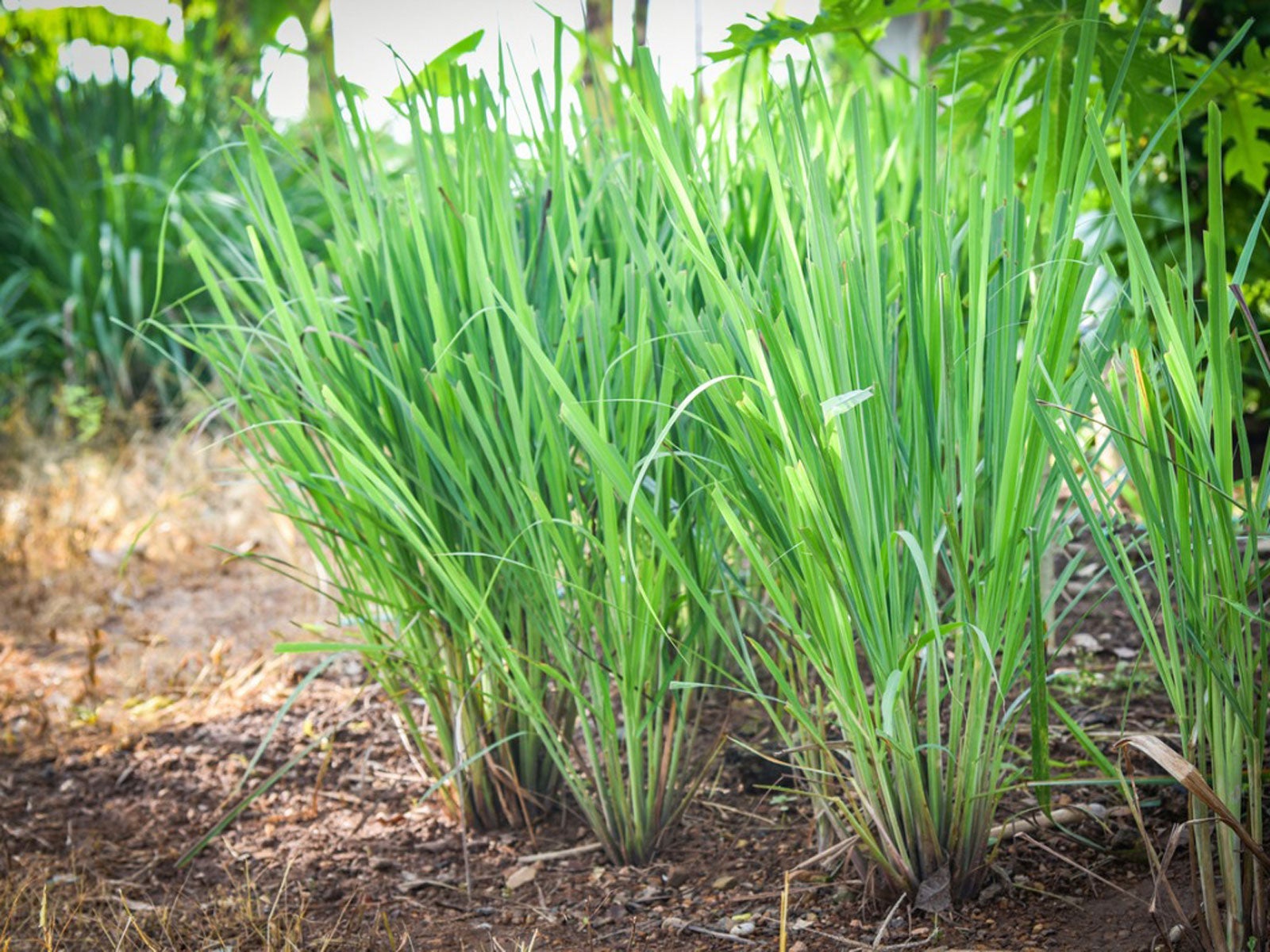Insect Repelling Sun Plants – Full Sun Plants That Repel Bugs


Just when we thought we knew all about beneficial insects, we hear of full sun plants that repel bugs. Can this possibly be true? Let’s learn more about them.
Insect Repelling Full Sun Plants
Without wasting any time, we assure you there truly are many plants that deter insects away from our fruit, veggie, and ornamental plantings. They can also keep pesky, biting insects away from us, our families, and our pets. Most are herbs, so we might already be growing a few of them.
Just as the fragrance and flavor of herbs is enjoyable for us, it is unpleasant for many pests that would damage our crops and our bodies. This is especially true of mosquitoes. Use potted gardens of the following insect repelling, full sun plants around outdoor seating areas to avoid bites.
Sun Loving Plant Repellents
- Rosemary: repels flies, gnats, and other flying pests
- Lavender: repels moths, fleas, and flies
- Basil: repels thrips and flies
- Mint: repels flies and ants
- Catnip: repels flies, deer ticks, and cockroaches
- Sage: scatter pots around the porch or patio, can also be used in DIY repellant spray
- Onion: blooms attract pollinators
- Garlic: blooms attract pollinators
- Lemongrass: many lemon-scented repellant plants, including lemon balm and citronella grass, help fend off many pesky insects.
- Thyme: repels cabbage loopers, cabbage maggots, corn earworms, and many others
Plant these herbs throughout your vegetable garden and around your fruit trees and bushes. Some, as mentioned above, repel more than just mosquitoes. Many herbs that are bug repelling plants for full sun are attractive enough to plant in flower beds too. Herbs can be mixed with water or oils to create a homemade bug repellant spray as well.
The repellent flowering blooms below work in many areas to repel the “bad bugs.” Some also attract beneficial insects and all manner of important pollinators:
- Floss Flower: attracts pollinators
- Scented Geraniums: some contain citronella oil
- Marigolds: contain pyrethrum
- Petunias: repels aphids, tomato hornworms, asparagus beetles, leafhoppers, and squash bugs
- Nasturtium: plant as a companion in gardens where its flowers can act as an aphid trap; it repels cabbage loopers, whiteflies, and squash bugs as well while attracting beneficial insects
- Chrysanthemums: contains pyrethrum, as does the painted daisy and the French marigold
Some plants contain a natural bug repellant called pyrethrum. Root knot nematodes are killed by this naturally occurring control. Pyrethrum has been developed into several pest control products for use in flowerbeds and gardens. It repels roaches, ants, Japanese beetles, bedbugs, ticks, harlequin bugs, silverfish, lice, fleas, and spider mites.
Sign up for the Gardening Know How newsletter today and receive a free copy of our e-book "How to Grow Delicious Tomatoes".

Becca Badgett was a regular contributor to Gardening Know How for ten years. Co-author of the book How to Grow an EMERGENCY Garden, Becca specializes in succulent and cactus gardening.